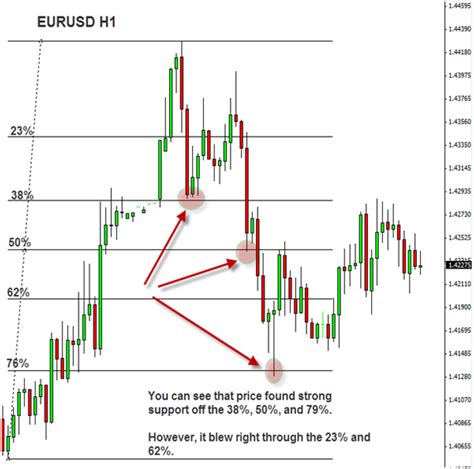Understanding the price action: Access in Dogecoin (Doga)
The world of cryptocurrencies has been used in popularity in recent years, with many new and introduced names that are rising to glory. Among them, the cryptocurrency stands out for its unique combination of exaggeration of power supplying social networks and basic bases: Dogecoin (Doga). This article will deepen the world of Doga and examine what does it in terms of price action.
What is the price action?
The price action concerns the technical analysis of market data, which over time aims specifically on pricing fluctuations. This means exploring several patterns and graphic indicators to measure the strength and direction of the movement of the asset prices. When analyzing these formulas, traders and investors can make informed decisions about purchasing or selling a particular currency.
Output and Fall DogeCoin (Doga)

In 2013, Jackson Palmer created a simple Bitcoin menu called Litecoin (LTC). Only in December 2013, however, Dogecoin initially started as a joke. Despite his modest beginnings, Dege quickly won traction on social media platforms such as Twitter and Reddit.
The popularity of the currency shot in January 2018, when the hashtag #jokecoin looked after the world on Twitter, while millions of users participated in exaggeration. However, this enthusiasm was briefly, because the price collapsed almost zero after a series of important news articles that criticized Doga for their potential to be fraud.
Action Price in DogeCoin
When we deepen the world of price events, it is essential to understand that Dege is known for its wild fluctuations. These peaks and sauces have created an interesting model, often called “market correction” or “price fluctuations”.
* Alcist Bubbles: When prices are rising rapidly, they are often reported to increase demand for social network users, traders are excited about currency potential. However, when these bubbles explode, prices are bitten and investors leave considerable losses.
* Breakouts Breakouts: On the contrary, when prices are starting to decrease, often as a result of increasing skepticism or negative reports, Dege will experience a strong drop in value.
Key indicators of price action
Merchants and Investors used several key indicators to measure the Price Action Power Doga:
- When prices exceed or below these lines, this may indicate possible changes in the direction.
- Relative force index (RSI): This indicator measures and above the price impulse. 70 or more reading indicates the overall condition, while 30 or below reading indicates a bear trend.
3
Bollinger bands:
These bands represent volatility, while the upper belt act as resistance and lower belt as support.
Technical Analysis Tools
To better understand DeGE’s price action, traders use several technical analysis tools:
1.
- Support and resistance: Identification of key levels of support (for example, $ 0.005) and resistance (for example, $ 0.01) can help traders make informed decisions about purchasing or selling DUX.
Conclusion
Understanding pricing events in Dogecoine requires a deep understanding of technical analysis and market foundations. When examining prices behavior over time, traders and investors can identify possible purchasing or sales signals and make more informed decisions. While Doga’s price action is marked with wild fluctuations, this article emphasized key indicators and tools that can help navigate these trends.
Deletion of responsibility:
This article is only for information purposes and should not be considered investment advice.
